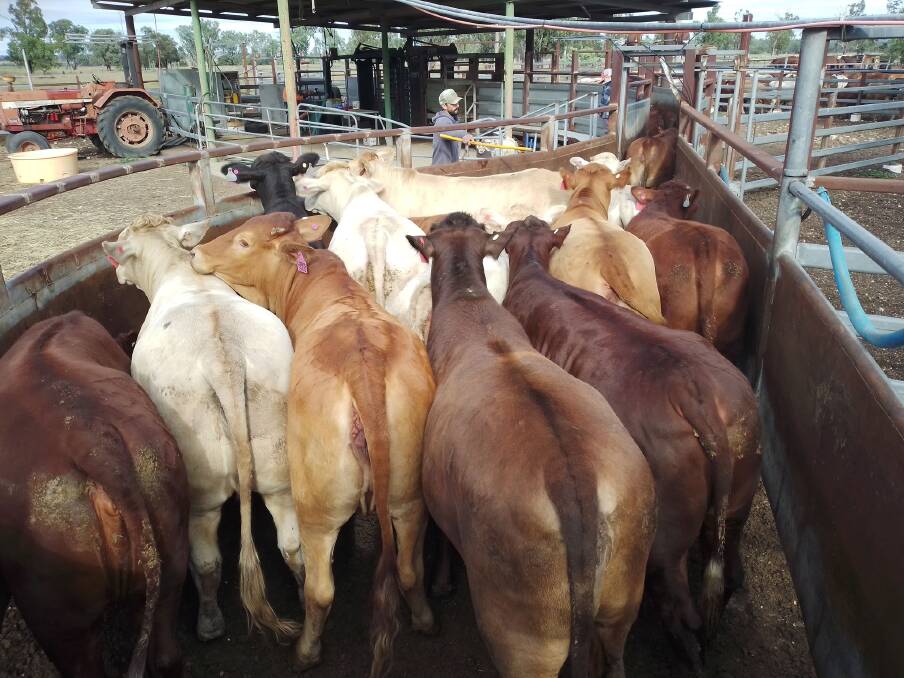
Despite ongoing market and weather pressures, the quality of this year's cattle entered into the annual Callide Dawson Beef Carcase Competition (CDBCC) has been commended by the competitions committee.
Now in it's 34th year, the competition accumulated 520 entries, including 207 grass fed and 313 grain fed entries drawn from the Callide and Dawson regions.
Over 140 beef producers and industry representatives attended the the presenation on Friday night at the Biloela ANZAC Memorial Club.
Also read:
CDBCC president Michele Goody said the competition was a great success, with entry numbers up on the previous years.
"We weren't sure how our numbers would look this year, especially with the Jap Ox grainfed section, with everyone selling weaners over the last couple of years," Ms Goody said.
"We had a great turnout from beef producers as well, and we built up from under 80 last year to full capacity this year."
Upon on arrival to the Theodore Warnoah feedlot back in late February, the grainfed entries were weighed to get their official start weights.
In class five pen of 3 grainfed steers, 84 head were entered and had a weight range from 366-512kg, averaging 441kg.
In class 6 single grainfed steer, 59 head ranged from 360-510kg, with an average weight of 440kg.
There were 87 trade steers from classes 7 and 8 trade steers, with weights were between 288 and 424kg, averaging 367kg.
Classes 9 and 10 trade heifer classes had a combined 83 head entered that average 356kg, ranging from 270-436kg.
In his observations of the grainfed cattle results this year, cattle entry coordinator Beau Surawski said the closeness of the measurements really stood out.
"In terms of the data released on the grainfed cattle, the start weights were as close as I've ever been involved," Ms Surawski said.
"When we started feeding the grainfed cattle, the quality was up there and they were a lot closer in terms of their weight.
"Class 3 for example, the top three place getters were under a point and the champion heifers were under a point as well."
Mr Surawski said in past competitions, the points were so close they had to extend the placings to include a fifth place.
"We were getting big number of entries in classes and some people were missing out by just a decimal point.
"Again, looking at this years result, there's probably six or seven classes where that was the case."
Mr Surawski said unfavourable weather conditions made it a lot tougher, compared to previous years.
"This year, it was fairly hot at the start, and then we had a large band of ongoing rain come through, which always can affect the quality," he said.
"But it was good to see once again, quite a few more new exhibitors entering this their cattle this year, and they even did quite well as well.
"Education is the key take out from this competition and hopefully people are taking all that feedback and data on board each year and are always striving to improve."


